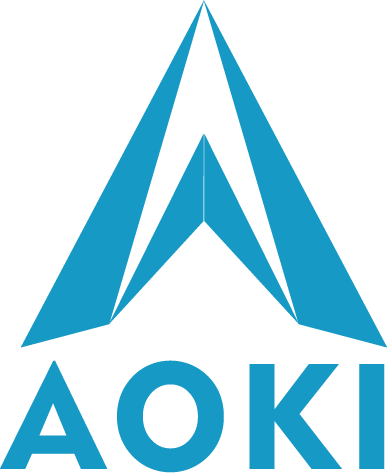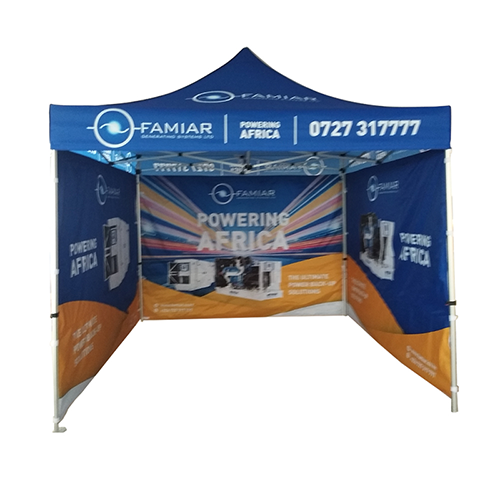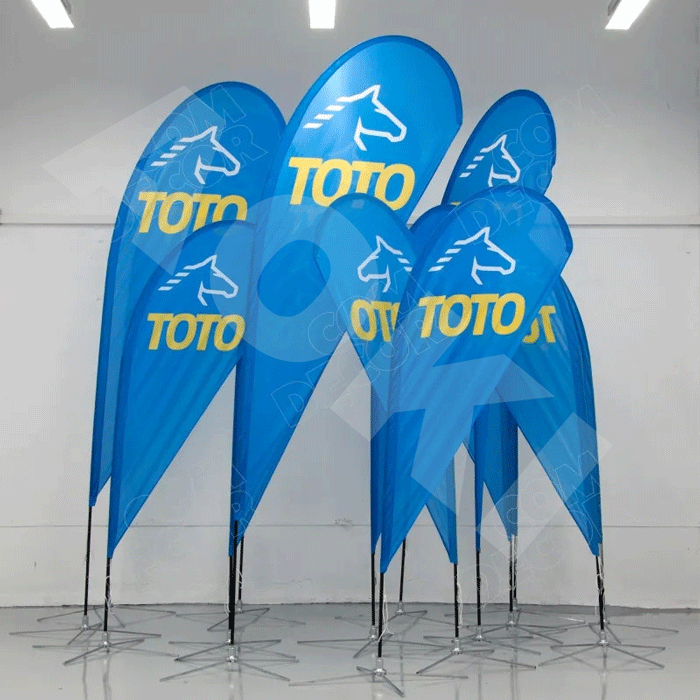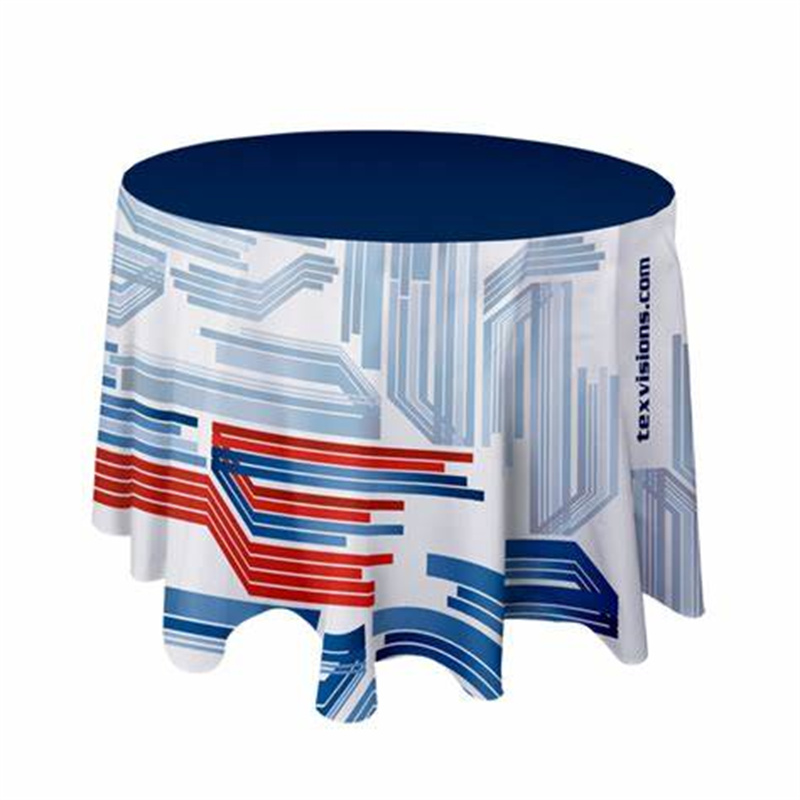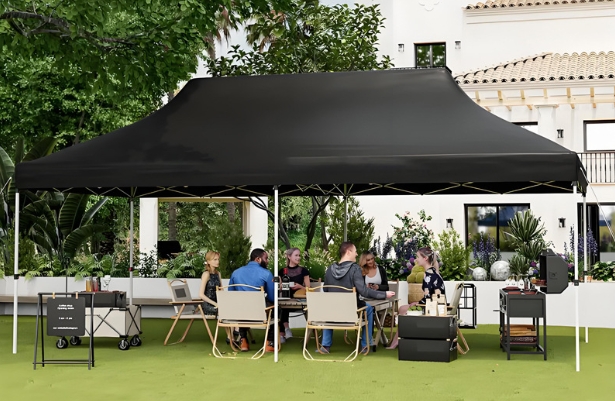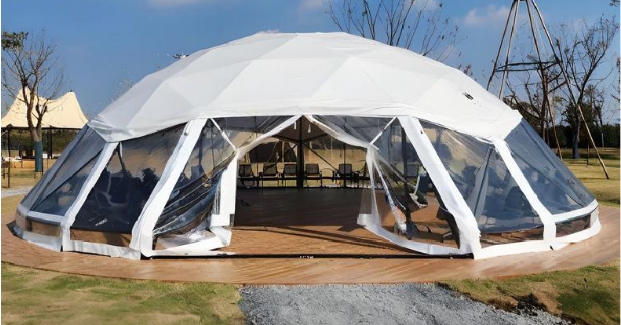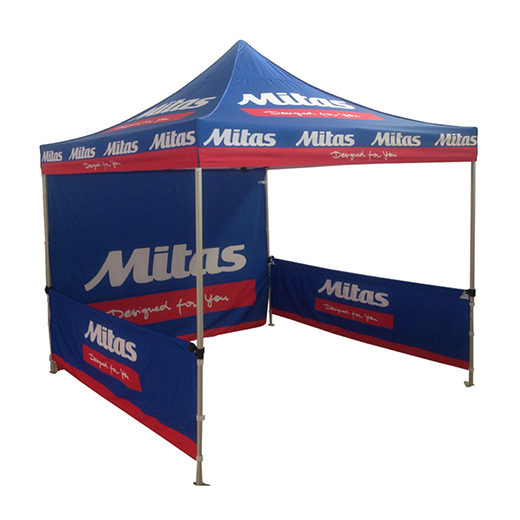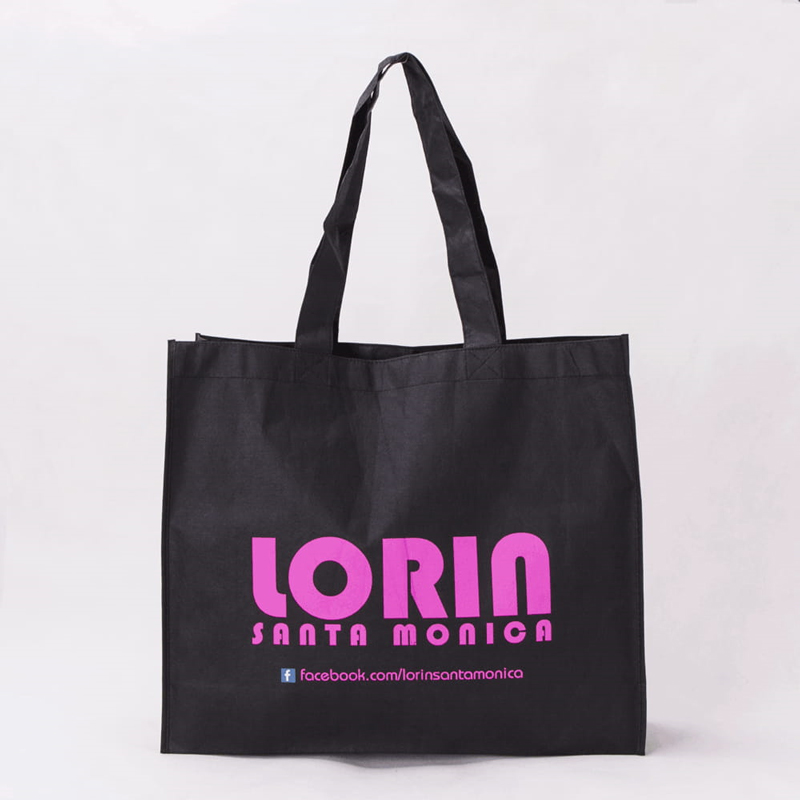Tablecloths are usually used to protect the table from scratches and stains, and can increase the beauty of the table. Tablecloths have three super practical abilities: scratch and dirt resistance, make the table look better, and can be matched with tableware to show grade. Some are purely decorative, and some are practical for laying tables. There are so many styles that you can't pick them up. Floral patterns are matched with tableware, and plaid patterns are matched with placemats. Choosing the right pattern can instantly upgrade the table to several levels.
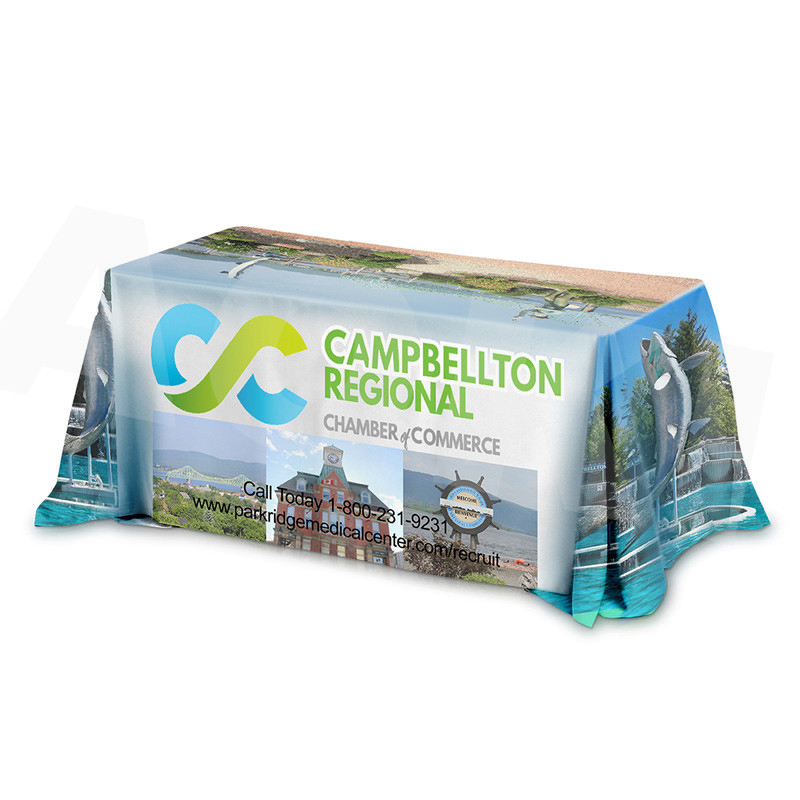
Preparation before purchasing:
1. Determine the size
Measure the size before buying a tablecloth! Take a tape measure and go around the widest part of the table. When measuring, lay the tape measure flat throughout the measurement to avoid data deviation caused by tilting. Then, when comparing the actual tablecloth size, align the center of the tablecloth with the geometric center of the table, observe whether the four corners sag evenly, and measure to the expected coverage range (it is recommended to cover the outer edge of the table by 10-20cm). In this way, it will not squeeze the corners when laid, and it can also make the table look energetic!
2. Choose the right material
Look at the material first when choosing a tablecloth! How it feels, how durable it is, and whether it is easy to wipe depends on the material. Common types include cotton and linen, PVC, and fabric. If you want comfort and breathability, choose cotton and linen. PVC is the most worry-free for the kitchen. If it gets dirty, just wipe it with a wet cloth. For example: cotton and linen are comfortable and breathable, PVC is waterproof, durable, and easy to wipe. Fabric is soft and textured. Only when you choose the right material can you feel comfortable!
3. Color and pattern matching
The choice of tablecloth depends on the style of your home! The color and pattern should match the wall furniture, just like putting makeup on the room. The same color as the wall cloth is the safest, and the contrasting color embellishment is more colorful! .
4. Consider anti-slip performance
If you often need to place items on the desktop, especially heavy objects, it is very important to buy a tablecloth with anti-slip function. Anti-slip tablecloths can ensure that the items remain stable during use and will not slide or shift.
Introduction to tablecloth materials:
1. PVC material
Core features:
Waterproof and oil-proof: The surface is smooth, and water droplets are formed after contact with liquid. Cleaning only requires wiping with a wet cloth.
High cost-effectiveness: Affordable price, various colors (such as red and black stripes, floral patterns), suitable for modern simplicity or pastoral style.
Durability: The improved version of cotton substrate is soft and easy to fold, with a service life of up to 3-5 years.
2. Cotton and linen material
Core features:
Natural and environmentally friendly: Cotton fiber and linen blended, breathable and moisture-absorbent, suitable for sensitive skin.
Natural texture: The surface is slightly textured, showing a pastoral or retro style.
Easy to care: It is not easy to shrink after machine washing, but bleaching agents should be avoided.
3. Polyester material
Core features:
Strong functionality: It is better than cotton and linen in waterproof and oil-proof performance, wear-resistant and stain-resistant, suitable for hot pot restaurants or high-frequency use scenarios.
Easy to dye: Bright colors and not easy to fade, can be customized with cartoon, geometric and other patterns.
Lightweight and easy to carry: Light weight, suitable for camping or temporary tabletops.
4. Satin/Satin Material
Core Features:
Luxury: The surface is as smooth as silk, with high gloss, suitable for banquets or festivals.
Skin-friendly and comfortable: Soft to the touch, suitable for direct contact with tableware to place cold drinks.
High maintenance cost: Dry cleaning is required, avoid machine washing and exposure.
5. Chiffon Material
Core Features:
Light and elegant: The translucent design can be matched with lace edges to create a romantic atmosphere.
Seasonal Adaptation: It has a strong cool feeling when used in summer and can be matched with flowers for decoration.
Easy to clean: Just wash by hand and dry in the shade, not easy to shrink.
6. Glass Material
Core Features:
High temperature resistance: High temperature tableware can be placed directly without insulation pads.
Easy to clean: Water stains can be wiped clean, no penetration problems.
High decorativeness: Transparent materials can display desktop decorations, suitable for minimalist style.
Identification of tablecloth material and craftsmanship
1: Burning test method
Take a small piece of tablecloth scraps and light it with a lighter:
Pure cotton: After burning, it will be grayish white ash, no hard lumps, and have the smell of burning paper.
Polyester cotton: When burning, it will shrink and bubble, and a small amount of hard light brown particles will remain.
Chemical fiber: After burning, it will form a hard cake with a pungent chemical smell.
PVC/PEVA: When burning, it will emit black smoke, have the smell of molten plastic, and the surface will be sticky after cooling.
2: Touch and thickness
High-quality tablecloths have uniform texture, no obvious bumps, soft feel and consistent thickness (such as chemical fiber materials should be thin but wear-resistant). Avoid choosing fabrics that are easy to shed and pilling, especially crocheted tablecloths, check whether the surface is tight.
3: Pattern clarity: Check whether the pattern is uniform under natural light to avoid color difference or blur (dark tablecloths are more resistant to dirt). And wipe the surface repeatedly with a wet cloth to see if the high-quality tablecloth has faded.
4: Waterproof/Oilproof Performance:
Waterproof: Observe whether water droplets are formed after dripping water.
Oilproof: After dripping cooking oil, the oil stains do not penetrate, and the surface is in the shape of water droplets.
一. Measurement method:
1) General calculation method
Rectangular/square table:
Tablecloth length = tabletop length + 40cm (20cm droop on each side)
Tablecloth width = tabletop width + 40cm (20cm droop on each side)
Example: 120cm×80cm dining table → 160cm×120cm tablecloth
Round table:
Tablecloth diameter = tabletop diameter + 30cm (15cm droop on the edge)
Example: 90cm diameter round table → 120cm diameter tablecloth
二).Accurate measurement skills
Use a tape measure to measure outward from the edge of the tabletop to the expected coverage (it is recommended to cover the outer edge of the table by 10-20cm).
High-legged tables require additional vertical edges corresponding to the height (such as 70cm high coffee tables, vertical edges 15-20cm).
Long table:
Western-style long table: A dining table with a length of 200cm, choose a 240cm×160cm tablecloth (vertical edges 20cm on both sides)
Chinese-style long table: A double-layer design (bottom large tablecloth + upper decorative cloth) can be selected.
三. Functional demand orientation
Protective type (anti-oil, anti-scalding): vertical edges of 10-15cm, just cover the edge of the tabletop for easy cleaning.
Decorative type(visual extension): 20-30cm drop edge, creating an elegant drape, suitable for light luxury or retro style.
Multi-functional scene
Outdoor picnic: Choose waterproof material, 15cm larger than the tabletop (windproof and splashproof).
Festival table: mopping tablecloth (drop edge 40cm+) with tassel/lace edge to enhance the ceremony
Purchase suggestions
Daily household use: Recommend cotton and linen or environmentally friendly PVC tablecloths to balance practicality and beauty.
High-end scene: Choose satin or linen materials to enhance the texture.
Easy to clean: Glass or waterproof PU materials are more suitable.
